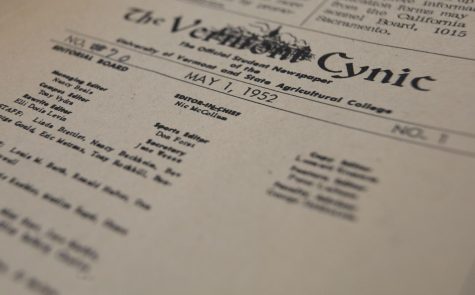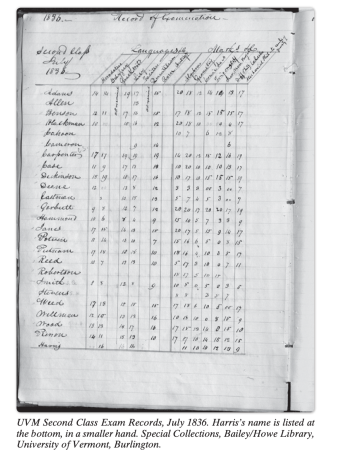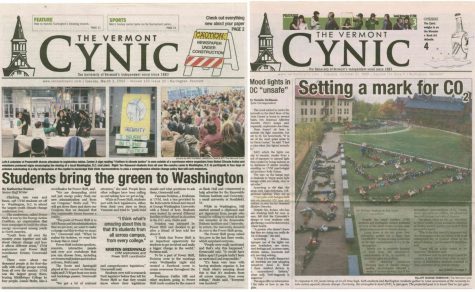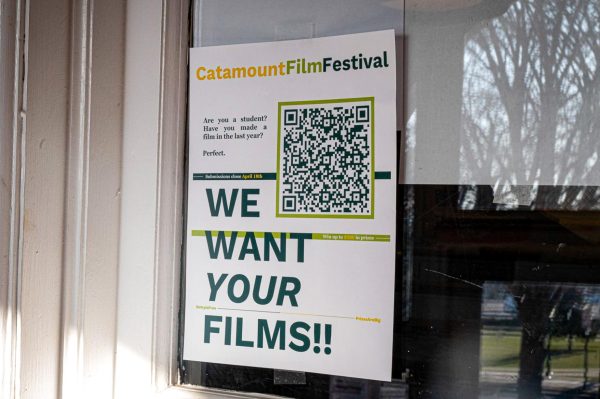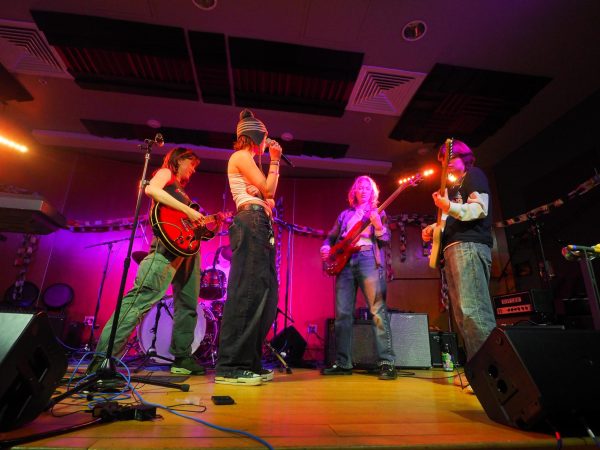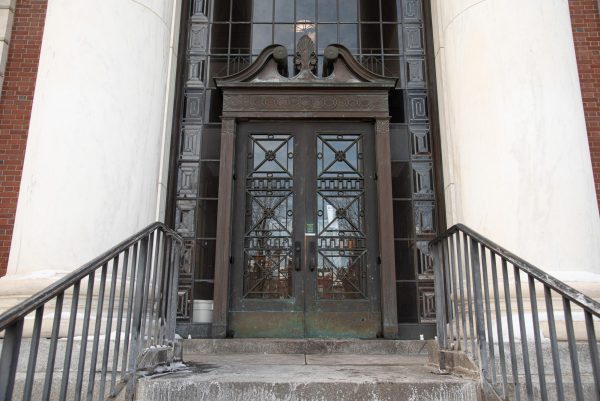The Clash of Tradition and Modernity in Amazing Beijing
Marco Polo said that Beijing was altogether so vast, so rich, and so beautiful that no man on earth could design anything superior to it.
Today, author and urbanist Anthony M. Tung describes modern Beijing as, “a fractured environment of unrelated elements, and a conglomeration of undistinguished buildings. “
When architects are asked what the image of Beijing is, what its style has now become, they struggle to define the city’s essential energy and inspiration. Is this because the city is undergoing a grand urban renewal, an architectural rejuvenation, or has Beijing lost nearly all of what Marco Polo was fond of?
Almost every city worldwide suffers from the irresistible urge for modernization that often blinds planners and developers. These ‘makers of cities’ insist on uprooting the distinctive shapes, forms, and styles that define a particular place in favor of the flashy freelance mess you get in the best of circumstances, or the cheap, poured-concrete squalor you get in the worst.
This trend is particularly evident in Chinese cities, which hosts two-thirds of the world’s entire crane crew.
For 2,500 years Beijing has maintained its symmetry: huge blocks along north-south and east-west axes, gated or walled compounds, and a central focus on the city’s administrative center.
Even present developments on the periphery of the city are based on the same principle. The city’s architecture, however, has undergone a process of metamorphosis. From standardized “big roof” traditional Chinese-style buildings and hutong labyrinths, modern Beijing is a mixed bag of wannabe western suburban compounds and designs featuring curved or slanted metal structures and huge slates of green mirror windows.
As bulldozers work day and night clearing land space for new high rises, Beijing’s identity slowly but irreversibly fades away.
Contemporary architects don’t hesitate to recognize Beijing hutongs as the city’s architectural gems and inseparable identity. In fact, James Jao, President of Jao Design International, a Hong Kong-based company building residential and office developments in China for over ten years, recommends that architecture enthusiasts visit the hutong districts. He considers them to be as essential as the standard sightseeing visits to the Great Wall, the Forbidden City, and the Summer Palace.
These narrow alleys lined with gray-tiled Si He Yuan (or courtyard homes) and housing traditional Beijing families from generation to generation are a living history of the city’s culture, character, and architecture.
Men crowd the passageways in the evenings when they gather to play Chinese checkers, children run around playing tag, and women go back and forth bringing fruit and meat from the nearby street stalls.
Walking along Beijing hutongs brings one to the old Beijing, away from the large commercial departments and broad cement sidewalks that are quickly replacing these quaint, historically valuable neighborhoods that existed in the thousands during the Ming and Qing dynasties.
City planners designated twenty-five historical preservation areas in 1998, nineteen of which were hutong residential areas. Virtually all the other Si He Yuan lining the narrow hutongs in other places have disappeared or are lined up for demolishment. Improvement of quality of life for residents living in dilapidated Si He Yuan and old buildings evidently comes at the price of a loss of distinctiveness for the city’s structures.
In the proximity of the 2008 Olympic Games, opportunity for redevelopment increases as the government plans new and bigger projects.Ê Also at its high is the competition amongst developers in their raceÊto leave their architectural footprint in New Beijing.
Although market forces still push for the modern and plush, attention to design and detail is more and more influential in rebuilding Beijing.
As buyers become more demanding of good taste, architectural expertise results in a main focus for developers.
In coming years it will become increasingly important for China to find a balance between preserving the traditions of the past and establishing the trends of the future.
It would be a shame for Beijing to fall from being known as one of the most beautiful cities in the world to being just another nameless and faceless urban monstrosity.


